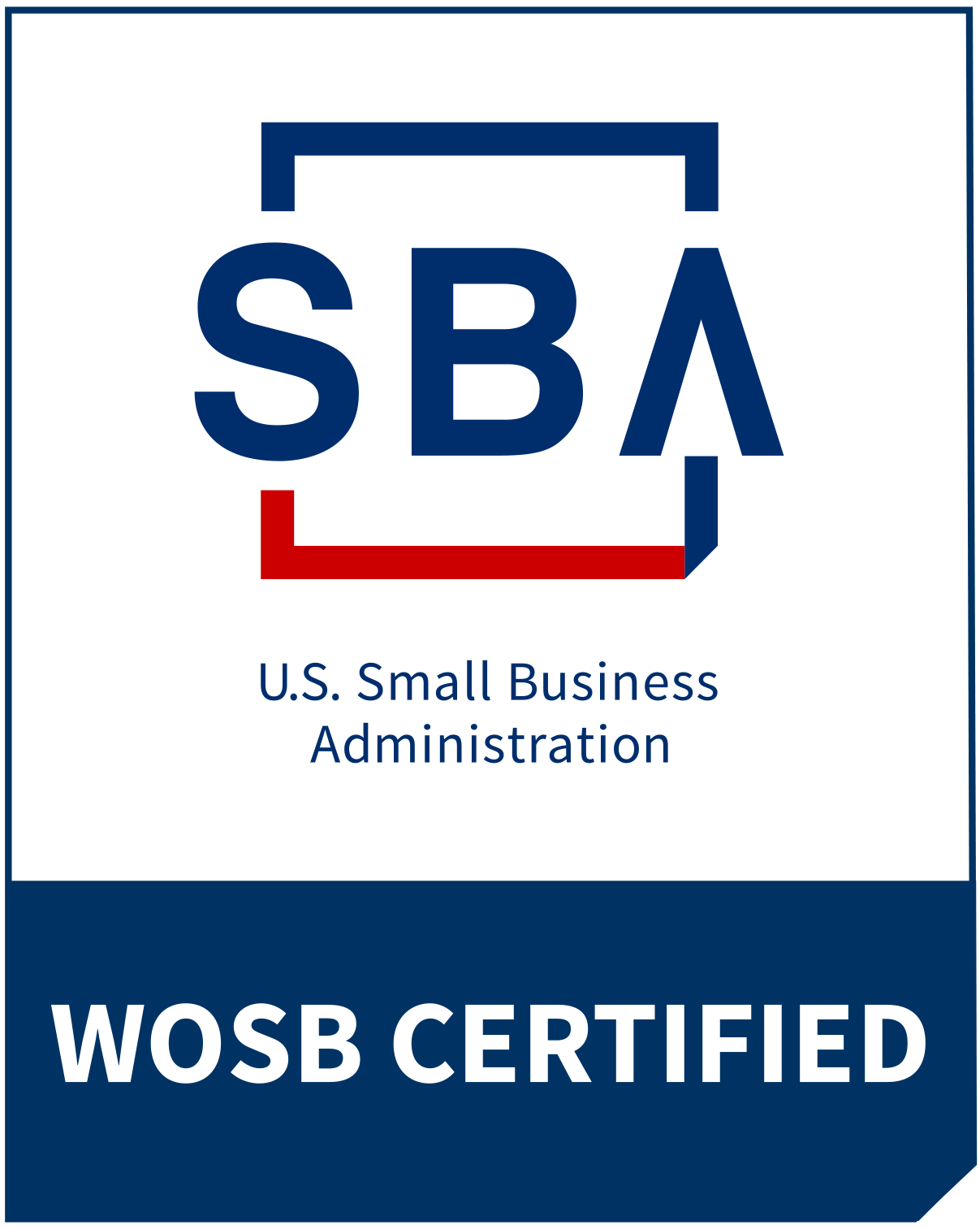Saul Kaplan, author of “The Business Model Innovation Factory: How To Stay Relevant When the World is Changing,” is the founder and chief catalyst of the Business Innovation Factory (BIF), a real-world laboratory for exploring and testing new business models and social systems. BIF has attracted a global community of over 5,000 innovators and organizations.
We’ve learned from and shared ideas with Saul, and recently sat down with him for a quick conversation on his latest thinking on Business Model Innovation.
What is business model innovation and what are some of the tools, frameworks, or processes you use to enable it?
I’ll offer a simple definition; a business model is the story of how an organization creates, delivers, and captures value. The first step in the business model innovation process is changing your lens. If you’re going to work with leaders that have been working in an existing business model for their entire careers, and you want them to think about entirely new business models, you have to help them change their lens. The best way to do that is to use human-centric design techniques — looking through the lens of the end user, or the customer. If you want to reinvent a school, start by understanding the student experience; if you want to redesign a hospital and change its business model, start with the patient. We are designing to change the experience of the customer and we need a clean sheet of paper, and the freedom and flexibility to play with the parts in a different way; not only the capabilities in the current organization but also capabilities that might live in partner organizations or live outside of it. Business model innovation is about creating a sandbox where you can assemble and reassemble the parts in novel ways to change the way value gets delivered to that end user or customer.
Why do leaders struggle with Business Model Innovation and why is it critical they embrace it?
What I’ve come to learn is most leaders don’t really think about their organization’s business model, because they haven’t had to. Most leaders have never had to change their organization’s business model. They are used to making incremental improvements to the current business model but rarely have they overseen transformation to an entirely new model. If you think about any industry, there has been a prevailing or dominant business model in the industry for a long time. All the competitors work in almost indistinguishable ways, and most of the employees in any company joined after the business model was established. Frankly, in the 20th century, you didn’t worry much about disruption, because business models lasted your whole career. Well, that whole game has changed.
In the 21st century, the half-life of any business model is declining. Business models don’t last as long as they used to. They’re not going to last your entire career, so you are going to have to figure out how to reinvent not just tweak. And the really hard part is you have to keep pedaling the bicycle of the one you’re currently in, while you are exploring and testing new ones, even those that might disrupt today’s business model. That’s the new 21st century leadership challenge! Business model innovation is the new strategic imperative. I view this as a very exciting time to work with leaders to help them understand the importance of, and to access the tools and platforms necessary to reinvent their business models.
As you think about enabling business model innovation, how can organizations do a better job of planning for it?
Even though CEO rhetoric might suggest a desire to be bold and to explore business model innovation, what typically happens is all of the energy, effort, and resources are spent on initiatives that can improve the performance of the current business model. We talk transformation but end up with tweaks. Now that’s not bad in its own right, but if you really want protect against the risk of being disrupted you need to create a discreet sandbox that focuses on transformational change and business model innovation. So it starts with the CEO, Board and leadership team recognizing the need to explore business model innovation, recognizing that the way to organize and enable business model innovation is different than the way we enable and support innovation efforts that can improve the current business model. Most leaders don’t make that distinction putting all innovation efforts into a single bucket. The result they get is incremental and then they wonder why they’re not getting bolder business model innovation change. You have to organize separately for it, I call it a business model innovation factory– a sandbox that allows you to play with the parts to configure and reconfigure them in ways that can change the value equation unconstrained by the existing business model.
From a strategic planning and portfolio perspective, are there best practices in terms of the percentages of resources going to enable business model innovation?
My view is that a meaningful percentage of time and effort and resource needs to be put into bolder business model innovation change. At least 10% of all innovation efforts ought to go toward exploring entirely new business models. I’ve had people say that’s way too small, but in my experience when you have no discrete investment in it, if I can convince CEOs to put 10% of their innovation focused time, investment, and resources to start into that bucket, then I think we could make a pretty big difference.
Let’s say a company establishes a sandbox or a factory and they come up with a new business model, or a pretty radically bold new way of approaching things. What have you learned about successful best practices or common barriers around implementing that new business model?
I have this idea of innovating through a “connected adjacency” located next to the core business. Its built on a theory conceived by Stuart Kauffman, who came up with the concept of the “adjacent possible.” It’s the notion that almost anything that’s been created over time happens at the edge. Things “at the edge” are more free to collide randomly and can be recombined to create new things and to change the way value is created. The adjacent possible has been evident throughout evolution and is as true at the molecular level as at the cosmic level. Almost everything new happens because there is enough freedom at the edge for things to collide that wouldn’t have collided otherwise.
So borrowing from this idea, the best process for business model innovation is through a “connected adjacency:”
- Create an innovation sandbox adjacent to the core business.
- Create connections between the sandbox and the core, which allow for a flow of information, capabilities and people. For example, if I am in the innovation sandbox, I want to borrow the capabilities that reside in the core, I just want to use them differently. I don’t want them constrained like they are in the core with all the rules, metrics and restrictions on how to use them; I want to play with them.
- Senior management must empower and enable the innovation sandbox with the freedom and flexibility to explore new business models even those that might disrupt the core.
- Ensure people can flow back and forth between the core and the innovation sandbox. Don’t create an us versus them mentality. Constantly assign people to flow back and forth so they gain both perspectives as they advance in their careers. It’s not that the people in the sandbox are doing the cool stuff, and the people in the core are doing the boring work to ring the cash register, both of these things are important.
By innovating through a connected adjacency you can assure the right balance between enough autonomy to explore new business models and enough connection to the core to increase the chances of getting support and scaling promising new business models.
Let’s say I’m an Innovation Manager or a Brand Manager, and I want to do this business model innovation work. What should leaders be thinking about to enable folks to want to flow back and forth between the sandbox and the line?
It’s an important leadership challenge. My view on leadership has changed over the years. I think the role of the 21st century leader is to be a catalyst. The job of a leader used to be command and control of the current business model; to make it work more efficiently, to wring more results out of it. I think today the leadership role is to be a catalyst; get the reaction going, and get out of the way, enable change. Today’s leader has to understand the balance between finding efficiencies in the way the model works now, and creating the sandbox to enable new business models. Management development programs should expose future leaders to work in both areas. It’s going to take some time, and it’s going to take senior leadership that understands the importance of doing both. We’ve built too many organizational silos with people thinking their careers are narrowly defined within one part of an organization. Business model innovation and experimentation must be established as an important organization capability.
What would you say to the young manager who wants to do this work, but their senior leader doesn’t get it?
I get in trouble for this answer because the truthful answer is, to enable business model innovation within a large organization requires the commitment and support from the top. In large organizations, if you want to experiment with bold new business models even those that might be disruptive to the core you will need senior management sponsorship. Without it, it’s going to be awfully hard to make it happen bottom up. You can do things that will help improve the current business model. You can create a climate where people want to make the current model work better, but to create disruptive new business models that might potentially cannibalize the core business model, you will need leadership to run interference. Leadership will have to help with access to the capabilities and resources that you need, and protect you when line management starts to get worried and leans against your work. To enable business model innovation, you really need your leaders to support it or else you are going to have a tough path.
For companies that are thinking, “Well, it’s a big investment to change my business model. It’s a risk.” What are some indicators that they should be watching for to help them to say, “Yea, I need to do this”?
That’s a good question. My answer is, you have to do it all the time. I call it R&D for new business models. We do R&D for new products and services, we are constantly looking for new ways to create revenue within our current business model, why aren’t we doing R&D for new business models, as an ongoing strategic capability so that we always have a portfolio of new business model ideas and experiments? I don’t think this is a “wait and see the signs” situation. The road signs for disruption aren’t on the path in front of us. The problem is we are looking within industry silos and at our current competition for best practice. Business model innovation is more about next practices than best practices. Disruptors aren’t in our industry. They are nowhere near us; they are not in our line of sight. To wait for the signs that someone is going to disrupt you is too late. When we are at our strongest is exactly when we should be exploring the next business model.
Learn about The Business Model Innovation Factory: http://www.businessinnovationfactory.com/
Learn about Saul’s book, The Business Model Innovation Factory: http://www.bmifbook.com
Learn about BIF-9, The Business Model Innovation Factory’s annual Collaborative Innovation Summit: http://www.businessinnovationfactory.com/bif-9
Saul’s blog: http://itssaulconnected.com
Connect with Saul on Twitter: @skap5



